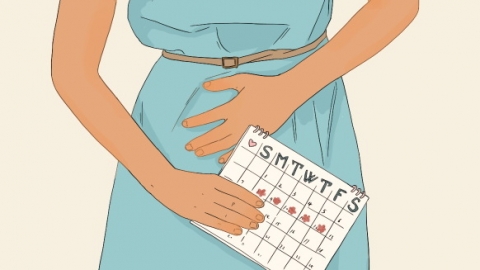Is the ovulation period before or after menstruation?
Generally speaking, the ovulation period occurs both after and before menstruation, and its exact position needs to be determined according to the menstrual cycle. For women with regular menstrual cycles, ovulation typically occurs 7-14 days after the end of menstruation and consistently falls around 14 days before the next menstrual period begins. Detailed explanation is as follows:

Looking at the process of the menstrual cycle, after the menstrual period ends, women enter the follicular phase, during which the follicles gradually develop and mature before being released. This phase of release is the ovulation period; therefore, ovulation occurs after menstruation. Taking a 28-day cycle as an example, if the menstrual period lasts 5 days, ovulation usually begins about 7 days after the period ends. At this point, there are still about 14 days remaining until the next menstrual period begins, which is why the ovulation period is also considered to occur before the next menstruation.
If the menstrual cycle is irregular, the timing of the ovulation period relative to menstruation may vary. Differences in follicular development speed might cause ovulation to occur earlier, such as 3-5 days after the end of menstruation, or later, more than 15 days after the menstrual period ends. However, regardless of the variation, ovulation consistently occurs approximately 14 days before the next menstrual period begins. The irregularity of the next menstrual cycle is what makes the relationship between ovulation and menstruation less clear.
In daily life, changes in cervical mucus or the use of ovulation test strips can help determine the precise timing of ovulation, allowing for a more accurate understanding of the relationship between ovulation and menstruation, and facilitating family planning or contraception planning.




